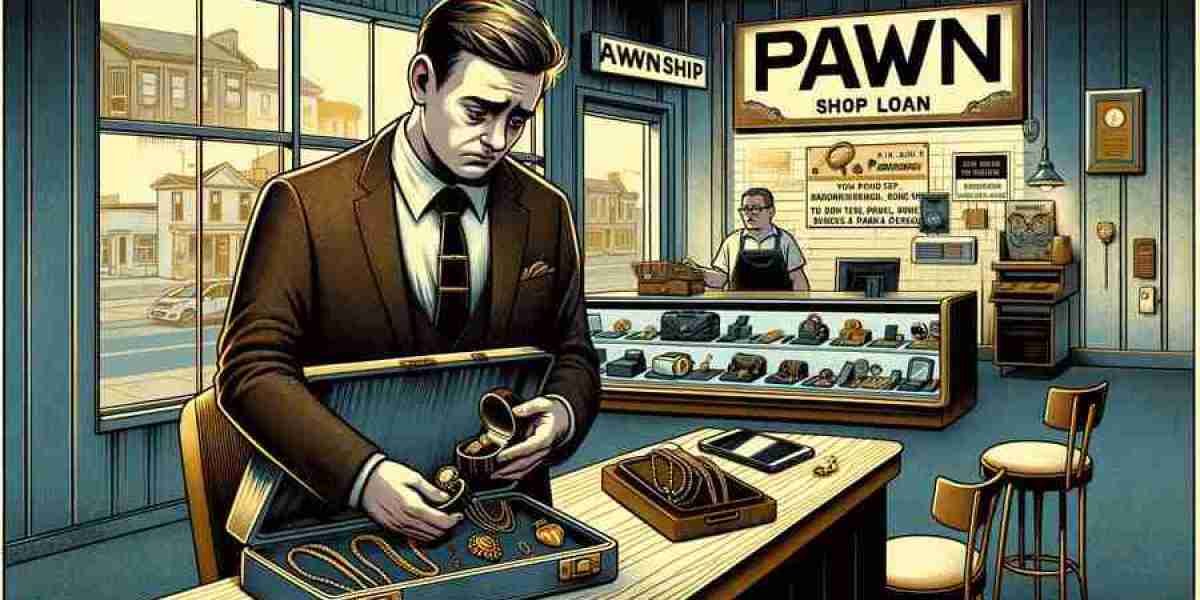Understanding the UK Driver's License: A Comprehensive Guide
In the United Kingdom, acquiring a driver's license is a critical step towards self-reliance and mobility. It is not just a gateway to personal liberty however also a significant responsibility. This short article looks for to lay out the procedure of getting a driver's license in the UK, the various classifications of licenses, and some crucial policies that drivers need to abide by.
Kinds Of UK Driver's Licenses
Before delving into the application process, it is important to comprehend the different kinds of driver's licenses offered in the UK. The main categories are:
Provisional License: This is the primary step for anyone wanting to find out to drive. It enables the holder to practice driving while under the supervision of a certified driver.
Full License: Once the driving test has been successfully completed, the individual will receive a complete driver's license, which permits them to drive independently.
Unique Licenses: There are special licenses for specific vehicles such as motorbikes (Category A), buses (Category D), and trucks (Category C).
European Driving License: Though it stands out from the UK driver's license, the European driving license permits for driving in numerous EU nations without the need for an extra permit.
The Process of Obtaining a UK Driver's License
1. Get a Provisional License
To begin the journey towards obtaining a driver's license, aiming motorists should initially obtain a provisionary license. Here's how to do it:
- Eligibility: Applicants must be at least 15 years and 9 months old.
- Application: Individuals can apply online or through postal services by submitting a brochure from the Driver and Vehicle Licensing Agency (DVLA).
- Charge: A charge is needed for application (as of 2023, it's about ₤ 34 online and ₤ 43 by means of post).
- Identity Proof: Acceptable identification consists of a passport or a biometric home license.
2. Get ready for the Theory Test
As soon as the provisionary license is obtained, the next action is to get ready for the theory test, which examines a learner driver's understanding of road rules and dangers. This includes:
- Multiple-Choice Questions: A series of concerns based on the Highway Code.
- Risk Perception Test: An assessment to determine potential threats while driving using video.
3. Take Driving Lessons
It is usually recommended to take professional driving lessons from an Approved Driving Instructor (ADI). These lessons supply crucial hands-on experience and knowledge about roadway security, in addition to assisting students become comfy behind the wheel.
4. Schedule the Practical Driving Test
After passing the theory test and getting adequate driving abilities, learners must schedule a useful driving test through the DVLA. The screening process normally includes:
- Driving Maneuvers: Candidates are evaluated on their ability to carry out essential driving techniques such as parallel parking and emergency situation stops.
- Road Safety Compliance: Demonstration of compliance with roadway signs, signals, and rules.
5. Obtain a Full Driver's License
Upon success in the practical driving test, the candidate will receive a pass certificate which enables them to request a complete driver's license. The DVLA will send out a full license if all requirements have actually been fulfilled.
Driving Regulations and Responsibilities in the UK
As soon as a complete driver's license has actually been obtained, it is crucial for drivers to comprehend and comply with the laws and guidelines governing roadway usage in the UK. Here are a few key responsibilities:
- Insurance: It is obligatory for all Drivers License Uk - Www.Christiefincham.Link - to have legitimate car insurance coverage before getting behind the wheel. This safeguards against financial loss from mishaps or theft.
- Roadway Tax: Vehicle import tax responsibility, frequently known as road tax, must be paid annually.
- MOT Test: Cars older than 3 years need to undergo a yearly MOT (Ministry of Transport) test to guarantee their roadworthiness.
- Follow Speed Limits: Each roadway has designated speed limits that should be followed.
- Use of Seatbelts: Wearing seatbelts is required for drivers and passengers.
FAQs about UK Driver's License
1. How long does it require to get a driver's license in the UK?
The time taken to acquire a driver's license varies significantly in between people. On average, students spend about 45 hours getting trained with a trainer, followed by an additional 22 hours of personal practice. After booking tests, the processing of applications can likewise take a couple of weeks.
2. Can I drive with a provisional license?
Yes, you can drive with a provisionary license, but you must be accompanied by a driver who is at least 21 years of ages and holds a complete license for the kind of vehicle being driven.

3. What occurs if I fail my driving test?
If you fail your driving test, the examiner will supply feedback on areas for enhancement. You can retake the test, but it is generally suggested to take a few extra lessons to strengthen your abilities before trying again.
4. Can I drive in the UK with an EU driving license?
Yes, EU driving licenses are valid in the UK. Nevertheless, those planning to remain in the UK for more than 12 months must consider exchanging their EU license for a UK one.
5. What do I need to do if I lose my driving license?
If your driving license is lost or taken, you ought to report it to the DVLA and look for a replacement. You will need to provide identification and pay a charge.
Navigating the process of obtaining a driver's license in the UK can seem daunting, however understanding each action streamlines the journey. From getting a provisional license to passing the practical test, each phase prepares for responsible driving and compliance with the laws governing roadway usage. Constantly keep in mind that driving is an advantage that comes with obligations, and continued adherence to the regulations makes sure the safety of all roadway users.







